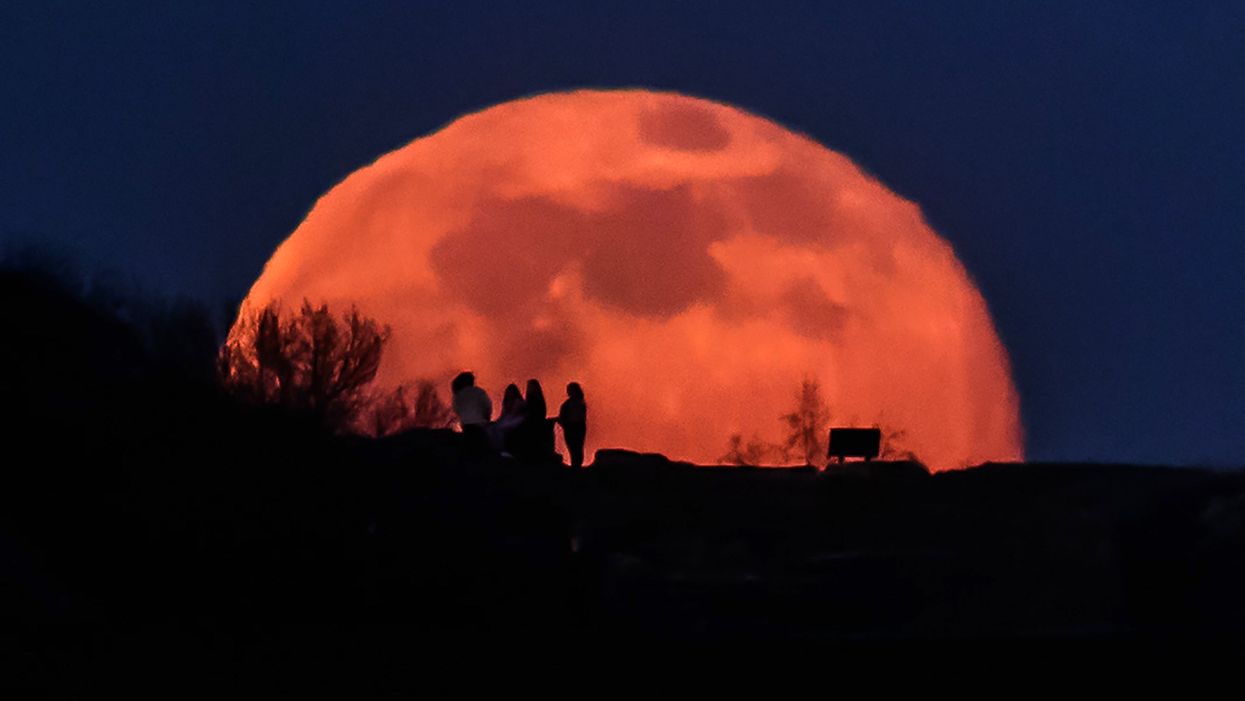
There may be as many as 15 trees in the UK grown from seeds that flew to the Moon during one of Nasa’s lunar missions, but their whereabouts remain unknown, according to experts.
Around 500 seeds of different tree species were launched into space nearly five decades ago. They circled the Moon several times before returning to Earth.
While most of these so-called “Moon Trees” ended up in the US, it is thought that around 15 of them were planted in the UK.
The Royal Astronomical Society (RAS) and the UK Space Agency have teamed up to find out more about where these “living pieces of space history” may be located.
The out-of-this-world seeds – from trees including the sycamore, loblolly pine, sweet gum, redwood and Douglas fir – were flown to the Moon and back by astronauts Alan Shepard Edgar Mitchell and Stuart Roosa during Nasa’s Apollo 14 mission in 1971.
There could be as many as 15 Moon Trees in the UK – trees grown from seeds flown around the Moon by NASA astronaut… https://t.co/n9QpWN8lAb— Royal Astronomical Society (@Royal Astronomical Society) 1618907419
Professor Steve Miller, the RAS vice president, said: “We still want to know if any Apollo 14 seeds did come to the UK and – if so – just what happened to them?”
The RAS said it has followed up various leads without success, adding that Kew Gardens and the Jodrell Bank Arboretum have no records of these seeds.
Earlier this year, Nasa released a map of the locations of the known Moon Trees but these did not include places in the UK.
The UK, meanwhile, has also performed its own experiments with space seeds.
In 2015, 2kg of salad seeds was sent to the International Space Station (ISS) with British astronaut Tim Peake.
When the seeds returned to Earth six months later, children from schools across the country took part in an experiment to see if the radiation in space – which is up to 100 times more powerful than on Earth – would affect the seeds’ germination.
The results showed that, while the rocket seeds grew more slowly and were more sensitive to ageing, they were still viable.
This is #RocketScience -excited that 1000s of schools will take part in this experiment launched at #RHSChelsea today http://t.co/wO9HsuWLXG— Tim Peake (@Tim Peake) 1431954936
The UK is also home to seven apple trees whose saplings – cultivated from the tree which inspired British physicist Sir Isaac Newton to discover gravity – travelled to the ISS with Major Peake.
Libby Jackson, human exploration manager at the UK Space Agency, said: “Sending seeds to space helps us understand the effect of the unique environment on seeds’ biological makeup.
“Understanding the effects of space on ungerminated seeds will be vital for future space missions, including when we look to sustain human life beyond Earth.”
She added: “I’ll be interested in discovering if any of the Moon seeds came to the UK and what has become of them.”
It is thought there are currently more than 60 Moon Trees alive on Earth.
According to Nasa, there are also second-generation trees – known as Half-Moon Trees – that have been grown from Moon Tree seeds around the world.
Those with any information can get in touch with the RAS via press@ras.ac.uk or by tweeting @royalastrosoc.













